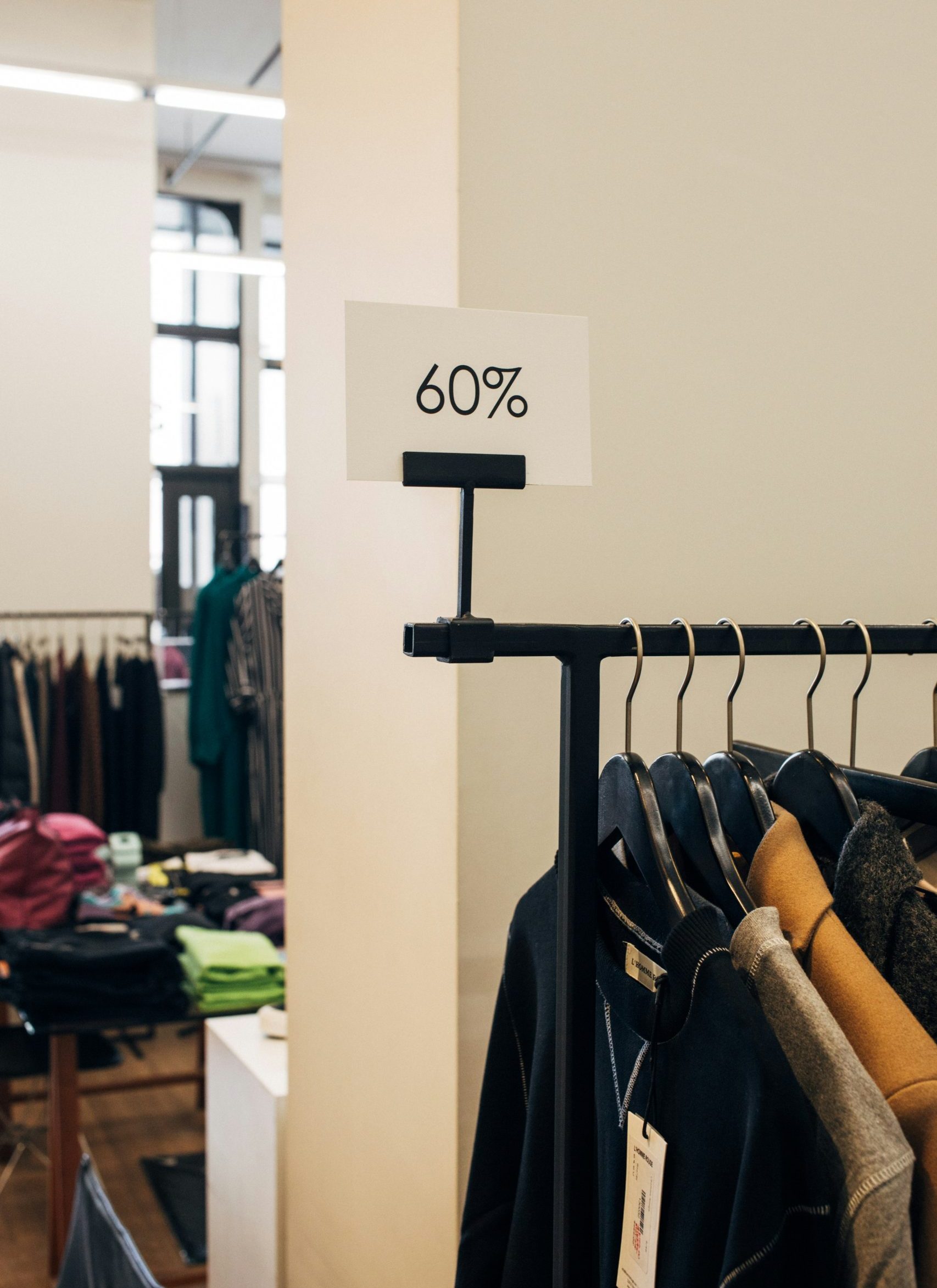Did the January retail bounce back really happen?

Apparently, reading the news headlines, January saw British shoppers out in force, with the largest monthly rise in sales since April 2021, according to the Office for National Statistics, up by 3.4%. But there are a number of reasons to question this positive picture.
First of all, month-on-month comparisons, which the ONS appears to have imported from the US as a basis for interpreting sales, are a really bad way of measuring trends in consumer spending. They rely on seasonal adjustment of the base line, real-world figures, to try to compare between one month and the next. But how can you compare January retail with what is sold in shops in December? The number of “seasonally-adjusted” turkeys and Christmas trees together with decorations sold in the first month of the new year was almost certainly nil.
The extent of the adjustment required to marry up comparisons of January and December is enormous. Without it, sales in January were not up, but down 21.7% on the month before, meaning that the original figure has been magnified by nearly a third in order to try to line the two months up. So placing too much faith in this adjustment process is not a good idea.
Secondly, even taking this into account, sales might be up, but at what margins? The evidence is that shoppers swerved high prices in December, preferring to buy in November and January, when prices were lower. Far from demonstrating confidence, this actually shows acute bargain-hunting behaviour. Given other recessionary trends like poor home goods sales and stronger “lipstick-effect”-driven health and beauty performance remain firmly in place, all in all, it looks like January’s “boom” was more of a statistical blip than a sign of an imminent consumer upturn.
